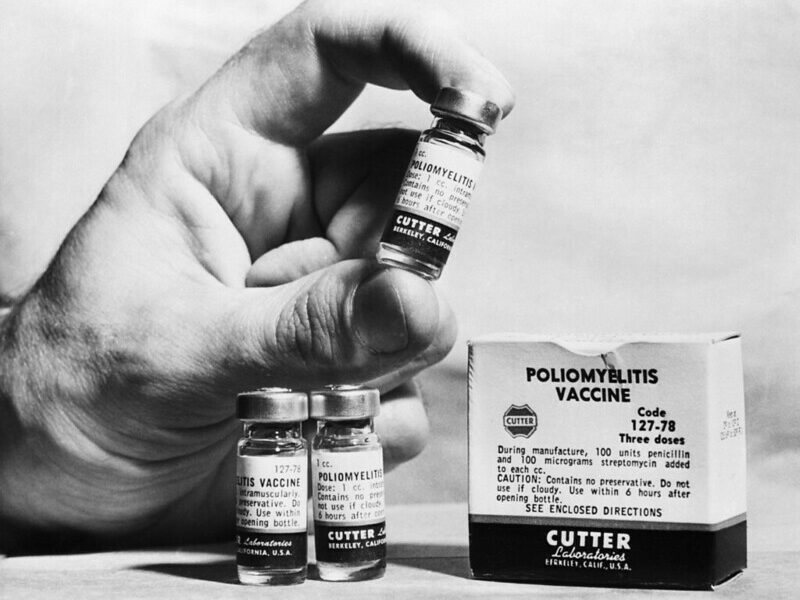Over the past four years, since its emergence in 2013, China has experienced seasonal epidemics of avian influenza subtype H7N9. The country has been closely monitoring each case and tracking disease characteristics. To date, all people who have been infected with the disease have been individuals in close contact with poultry. This year’s epidemic has been the largest in the past four years, resulting in 714 cases as of from October 2016 to June 8, 2017[1], and the numbers keep rising. Most significantly, this has been the first year with any indication of person-to-person infection.
A report published in the Chinese Medical Journal on May 20th cited a 66-year-old male who had been admitted to the local hospital’s respiratory department for a severe cough that lasted three days and contained bloody sputum. After completing RT-PCR and x-rays, they confirmed a positive case of avian influenza H7N9. He later died of “persistent hyperpyrexia, respiratory failure, and acute respiratory distress syndrome.” He was noted to be a frequent visitor of a live-poultry market [2].
The second case was shared a room with the first case in the medical facility. After being admitted to the nephrology department he was diagnosed with nephritic syndrome. During his time in the nephrology department, he was housed in the same room as the original case for twenty hours. After this time, he began showing respiratory symptoms, was tested via RT-PCR, and became a confirmed case of H7N9. He recovered fully after 10 days. Unlike the original case, he had not been frequently exposed to live poultry.
The United States Center for Disease Control and Prevention (CDC) notes that amongst the influenza A viruses, H7N9 is the most likely to become a pandemic issue, and if it does, it will have a hefty public health impact. People in the United States are most likely to come in contact with the virus if they are traveling to China. Of those who have been infected the majority of them had visited a live-poultry market 7-10 days prior to being diagnosed at a clinic. Travelers should keep this in mind during their stay. The CDC also has listed recommendations to those who are traveling to China, which include the following [3]:
- Do not touch birds, dead or alive
- Avoid contaminated bird feces
- Do not eat meat or eggs that are not fully cooked
- Avoid food with blood or those from a street vendor
- Practice good general hygiene
- Contact a medical professional if you feel ill after your visit
Approximately 40% of individuals who have been diagnosed with H7N9 have died from the disease, which highlights why the CDC is taking this epidemic very seriously [4]. The CDC has been working with the World Health Organization (WHO) to create several vaccines to mitigate any potential pandemic should person-to-person transmission become a significantly greater problem. There currently have been no more confirmed cases of human-to-human transmitted and how this transmission occurred is still unknown. It is still believed that form of transmission is very difficult, but ultimately it is best to be cautious.
Sources:
[1] https://www.cdc.gov/flu/avianflu/h7n9-faq.htm
[2] https://www.ncbi.nlm.nih.gov/pmc/articles/PMC5443035/
[3] https://wwwnc.cdc.gov/travel/notices/watch/avian-flu-h7n9
[4] https://www.cdc.gov/flu/avianflu/h7n9-virus.htm
